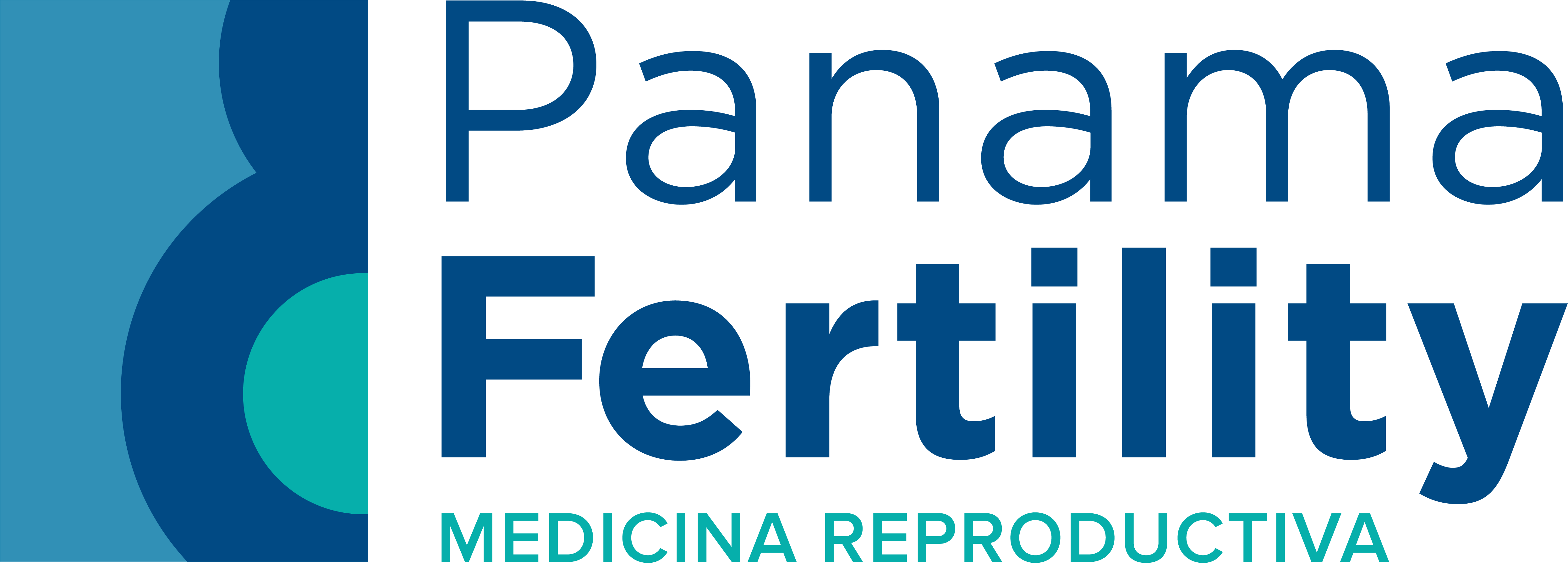FERTILITY & CONCEPTION
What Are Fertile Days? Your Guide to Timing Pregnancy

Introduction: Why Fertile Days Matter
If you’re trying to get pregnant—or avoid pregnancy—knowing what are fertile days is essential. The “fertile window” is the time in your menstrual cycle when you’re most likely to conceive. Understanding and tracking these days can make a big difference on your family planning journey.
Understanding the Menstrual Cycle
The menstrual cycle is usually 28 days long, but it can range from 21 to 35 days in adults.
- Day 1: First day of your period
- Day 14 (on average): Ovulation—the release of an egg from the ovary
- Day 28: Last day before your next period begins
Your most fertile days are the few days leading up to and including ovulation.
What Are Fertile Days? Explained
Fertile days are the days in your cycle when you can get pregnant. They include:
- The 5 days before ovulation
- The day of ovulation itself
- (Possibly) the day after ovulation (egg survives 12–24 hours)
Why?
- Sperm can live up to 5 days in the female reproductive tract.
- The egg lives for about 12–24 hours after release.
Your most fertile window:
6 days total: 5 days before + the day of ovulation.
How to Calculate Your Fertile Days
- Track your menstrual cycle for a few months.
- Subtract 14 days from your expected period start date (that’s your likely ovulation day).
- Fertile window: The 5 days before and the day of ovulation.
Example: 28-Day Cycle Fertile Window
- Day 1: Period starts
- Day 14: Ovulation
Fertile window: Days 9–14
Signs You Are in Your Fertile Days
- Clear, stretchy “egg-white” cervical mucus
- Slight increase in basal body temperature (after ovulation)
- Mild pelvic or lower abdominal pain (mittelschmerz)
- Increased libido or sex drive
- Breast tenderness
Tools to Track Fertile Days
- Ovulation predictor kits: Detect hormone surges before ovulation
- Fertility apps and calendars: Input your periods to estimate fertile days
- Basal body temperature thermometers: Chart small temperature changes
- Cervical mucus monitoring: Notice changes in discharge
Table: Typical Cycle and Fertile Window Example
Cycle Length | Ovulation Day | Fertile Window |
28 days | Day 14 | Days 9–14 |
30 days | Day 16 | Days 11–16 |
32 days | Day 18 | Days 13–18 |
26 days | Day 12 | Days 7–12 |
Your cycle may vary. Tracking for a few months gives more accuracy.
Frequently Asked Questions (FAQ)
It’s very unlikely. Most pregnancies happen during the fertile window.
No. Ovulation can happen earlier or later—track your own cycle for best results.
Having sex every 1–2 days during the fertile window gives the best chance.
Use ovulation kits or consult your doctor for extra guidance.
They’re helpful but not perfect. Combine app data with your body’s signs.
Conclusion: Take Control of Your Fertility
Knowing what are fertile days empowers you—whether you want to conceive quickly or simply understand your body better. Track your cycle, use available tools, and talk with a fertility specialist if you have questions.
Being informed is the first step toward your family goals!
FERTILITY & CONCEPTION
👉 Book your appointment now.

🌟 At Panamá Fertility, we offer tailored treatment plans for women with endometriosis, combining expertise, advanced technology, and compassionate care to help you achieve pregnancy.





